Perennials Vs. Annuals: Making The Best Choice For Your Flowerbeds
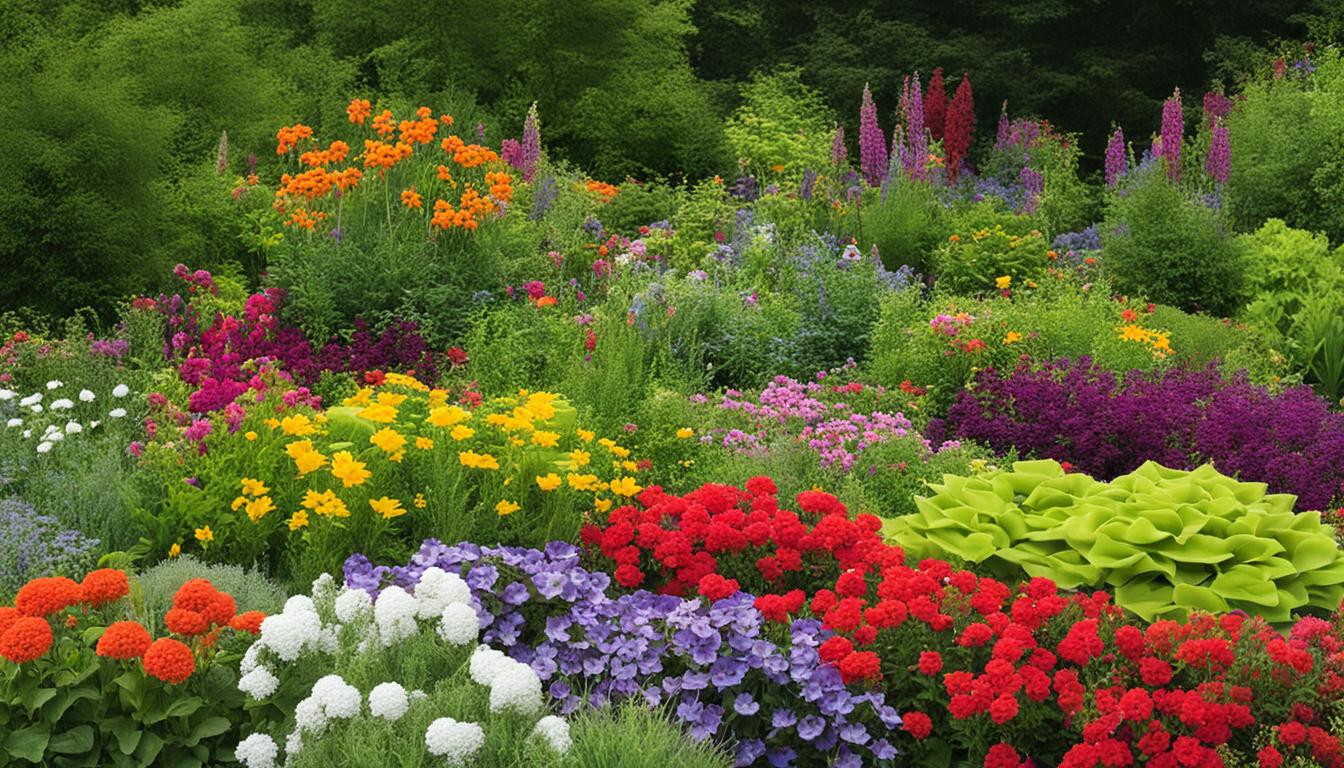
Table of Contents
Understanding Perennials
What are Perennials?
Perennials are plants that live for more than two years, returning year after year to grace your garden with their beauty. Their longevity is a key benefit, offering a long-term investment in your landscape's aesthetics. Unlike annuals, which complete their life cycle in a single season, perennials offer a consistent display, often increasing in size and vibrancy each year.
Advantages of Perennials
- Long-term cost savings: Once established, perennials require significantly less investment compared to the annual replanting of annuals.
- Reduced maintenance: Established perennial plants often require less watering, fertilizing, and weeding than annuals.
- Biodiversity boost: Perennials provide crucial habitat and food sources for pollinators like bees and butterflies, contributing to a healthier ecosystem in your garden.
- Variety of colors and textures: Perennials offer a huge range of colors, sizes, and textures, allowing for diverse and interesting garden designs.
- Low-maintenance options: Many perennials are remarkably low-maintenance, thriving with minimal intervention once established. For example, varieties like coneflowers and lavender require minimal care.
The long-term cost savings are undeniable. While the initial investment might be higher, you won't need to purchase new plants every year. Furthermore, the environmental benefits of supporting pollinators and reducing the need for constant replanting are significant.
Disadvantages of Perennials
- Slower initial growth: Perennials typically take longer to establish themselves compared to annuals, meaning they might not provide the same immediate visual impact.
- Establishment year care: The first year often requires more attention to ensure the plants become properly established. This might involve more frequent watering and protection from pests.
- Disease and pest susceptibility: Like any plant, perennials can be susceptible to various diseases and pests, requiring monitoring and treatment if problems arise. For example, black spot can affect roses, and slugs can damage hostas.
- Dividing mature plants: Some perennials, such as hostas and daylilies, benefit from division every few years to prevent overcrowding and maintain vigor. This involves digging up and separating the plant's clumps.
- Less profuse first-year blooms: Don't expect a spectacular floral display in the first year; perennials often require time to build up their root systems before producing abundant blooms.
Understanding these potential issues allows you to plan appropriately and manage expectations. Regular inspections and timely intervention can mitigate many of these disadvantages.
Popular Perennial Choices
- Coneflowers (Echinacea): These daisy-like flowers attract pollinators and come in various colors, offering long-lasting blooms throughout summer.
- Hostas: Known for their attractive foliage, hostas provide lush greenery and texture, even without vibrant flowers.
- Lavender: This fragrant herb adds beauty and scent to the garden, also attracting beneficial insects.
- Daylilies (Hemerocallis): These easy-to-grow perennials provide a wide range of flower colors and bloom times throughout the summer.
Understanding Annuals
What are Annuals?
Annuals complete their entire life cycle – from germination to seed production – within a single growing season. This means they will need to be replanted each year.
Advantages of Annuals
- Instant impact: Annuals provide immediate color and visual interest in your flowerbeds.
- Rapid growth: Annuals typically grow quickly, filling gaps and adding vibrancy in a short time.
- Vast color and form variety: Annuals come in an incredibly diverse range of colors, sizes, and forms, providing countless design options.
- Easy from seed: Many annuals are easy to grow from seed, providing an economical option for filling large areas.
- Ideal for gaps: Annuals are perfect for quickly filling empty spaces in established flowerbeds or containers.
The instant gratification annuals offer is hard to beat. Their quick growth makes them ideal for adding a splash of color to a bare patch or quickly transforming a dull area.
Disadvantages of Annuals
- Annual replanting: This requires continuous purchasing and planting each year, leading to higher long-term costs.
- Higher long-term cost: The constant need to replace annuals adds up over time, making them a more expensive choice in the long run.
- Increased maintenance: Annuals may require more frequent watering and fertilizing than established perennials.
- Weather sensitivity: Annuals can be more susceptible to extreme weather conditions, such as frost or intense heat.
- Environmental impact: The constant replanting of annuals can be less environmentally friendly than the long-term growth of perennials.
The ongoing expense and environmental impact of replacing annuals every year should be factored into your decision-making process.
Popular Annual Choices
- Zinnias: These cheerful, daisy-like flowers are easy to grow from seed and offer a vibrant range of colors.
- Petunias: Known for their abundant blooms and cascading growth habit, petunias are popular choices for hanging baskets and flowerbeds.
- Marigolds: These bright, sunny flowers are known for their ability to repel certain pests.
- Impatiens: These shade-loving annuals provide a colorful display in areas with less sunlight.
Choosing Between Perennials and Annuals
Choosing between perennials and annuals depends on several factors:
- Budget: Perennials are a long-term investment with lower annual costs, while annuals have higher ongoing expenses.
- Time commitment: Perennials require less maintenance once established, while annuals demand more frequent care.
- Desired aesthetic: Consider the desired look and feel of your flowerbeds. Do you want instant color or a more slowly developing, long-lasting display?
- Local climate: The climate in your region will influence the suitability of different perennials and annuals.
Many gardeners successfully combine perennials and annuals to achieve the best of both worlds. Perennials form the backbone of the flowerbed, providing structure and long-term interest, while annuals add bursts of vibrant color and fill in gaps. For example, you could plant long-lasting perennials like coneflowers and add colorful annuals like zinnias and petunias to create a dynamic and vibrant display.
Simple Decision-Making Chart:
| Factor | Perennials | Annuals |
|---|---|---|
| Cost | Lower long-term cost | Higher long-term cost |
| Maintenance | Lower once established | Higher |
| Time to Bloom | Slower initial growth, longer-lasting blooms | Quick growth, shorter blooming period |
| Longevity | Multiple years | One growing season |
Conclusion
Perennials offer long-term beauty, reduced maintenance, and environmental benefits, while annuals provide instant color and flexibility. The best choice depends on your individual needs, budget, and gardening style. By understanding the pros and cons of each, you can create beautiful and thriving flowerbeds. Now that you understand the differences between perennials and annuals, you can confidently plan and create the flowerbeds of your dreams! Start planning your perfect flowerbed today by researching the best perennials and annuals for your region and get planting! Make the best choice for your garden by carefully considering perennials vs. annuals.

Featured Posts
-
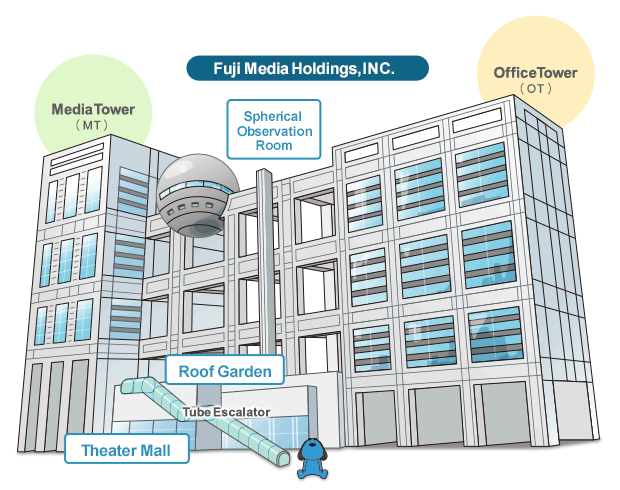 Dalton And A Murakami Linked Funds Strategic Investment In Fuji Media
May 29, 2025
Dalton And A Murakami Linked Funds Strategic Investment In Fuji Media
May 29, 2025 -
 Is Betting On Wildfires A Sign Of The Times The Los Angeles Case
May 29, 2025
Is Betting On Wildfires A Sign Of The Times The Los Angeles Case
May 29, 2025 -
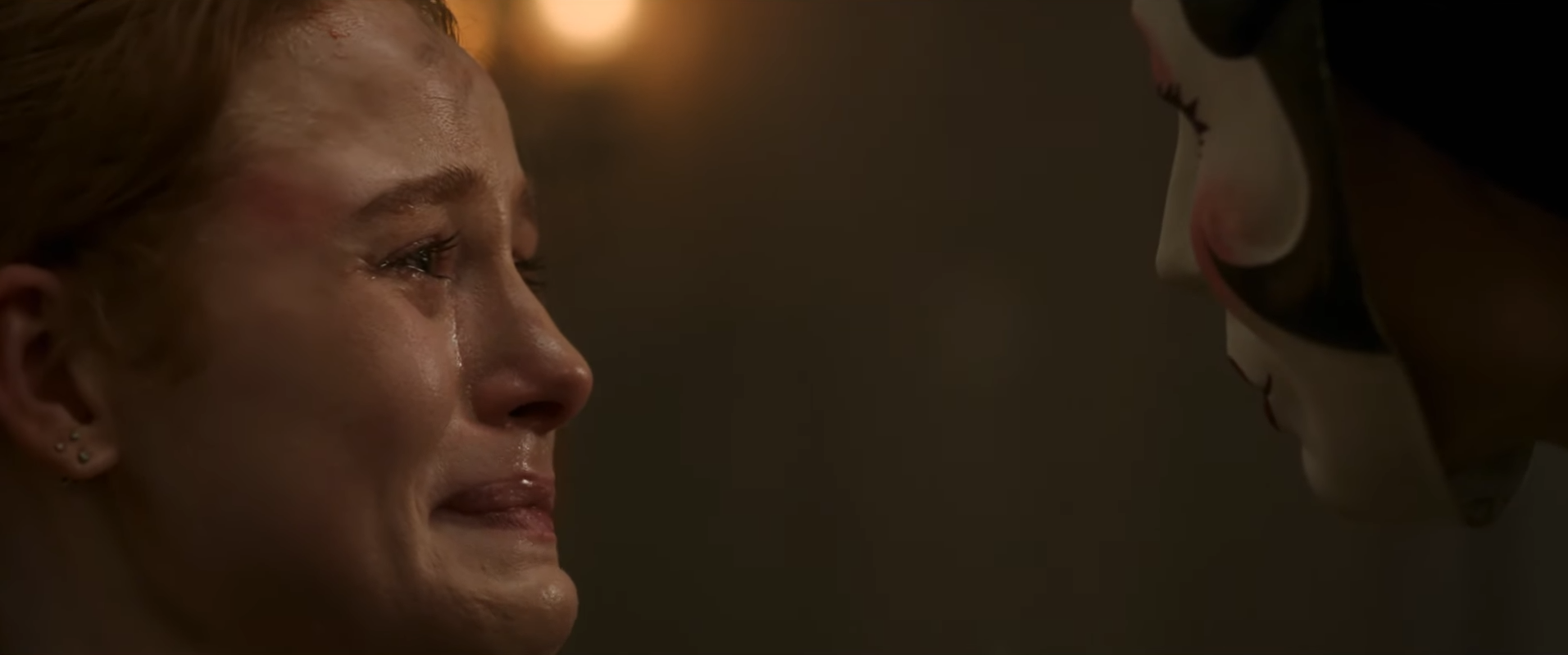 Bring Her Back A Scarier Remake Than The Original
May 29, 2025
Bring Her Back A Scarier Remake Than The Original
May 29, 2025 -
 2025 Saturday In The Park Teddy Swims To Headline
May 29, 2025
2025 Saturday In The Park Teddy Swims To Headline
May 29, 2025 -
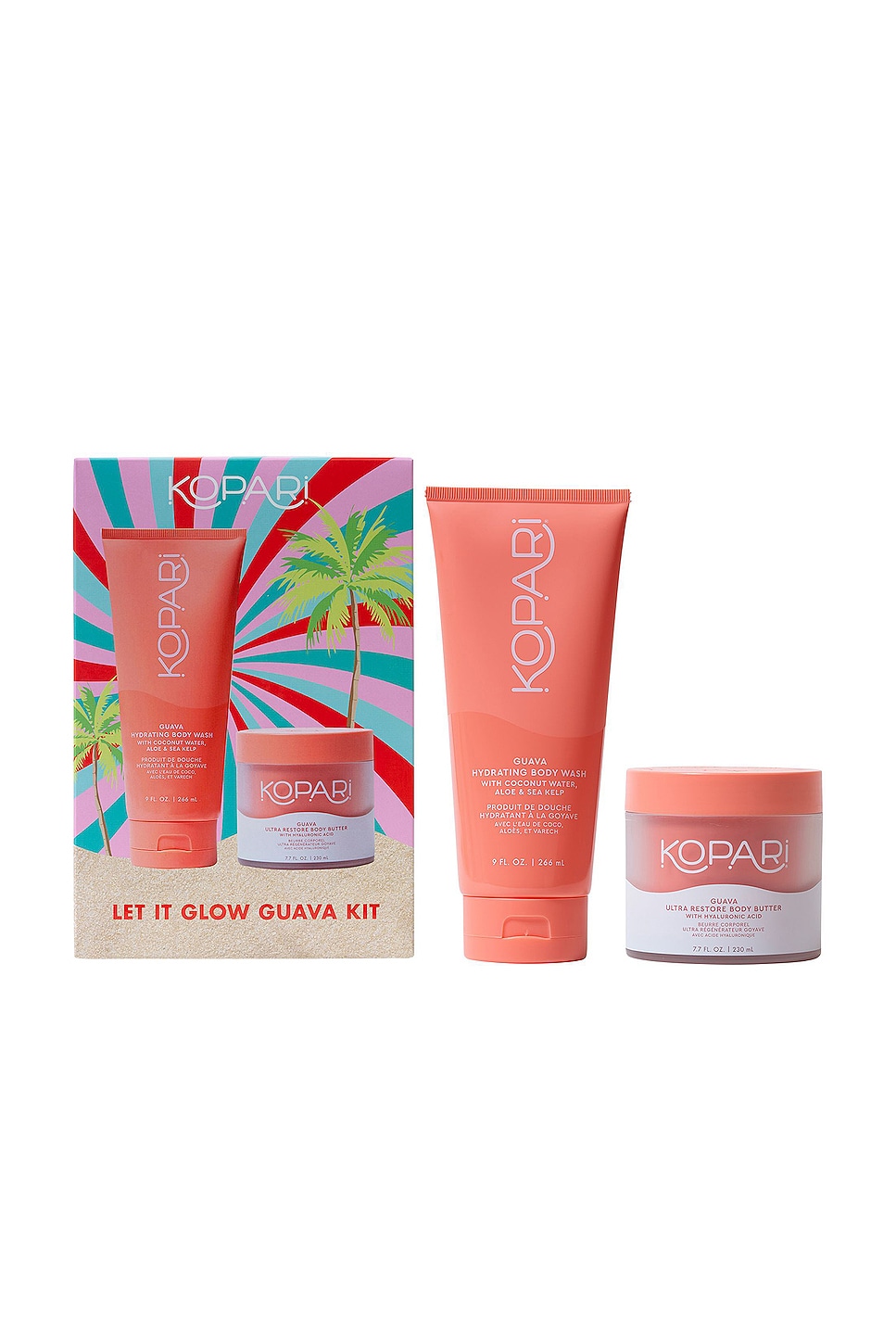 Nike Sneakers On Sale 39 At Revolve Shop Now
May 29, 2025
Nike Sneakers On Sale 39 At Revolve Shop Now
May 29, 2025
Latest Posts
-
 Federal Charges Millions Made From Executive Office365 Account Hacks
May 31, 2025
Federal Charges Millions Made From Executive Office365 Account Hacks
May 31, 2025 -
 Tech Companies And Mass Shootings The Impact Of Algorithmic Radicalization
May 31, 2025
Tech Companies And Mass Shootings The Impact Of Algorithmic Radicalization
May 31, 2025 -
 Office365 Hacker Accused Of Millions In Exec Inbox Breaches
May 31, 2025
Office365 Hacker Accused Of Millions In Exec Inbox Breaches
May 31, 2025 -
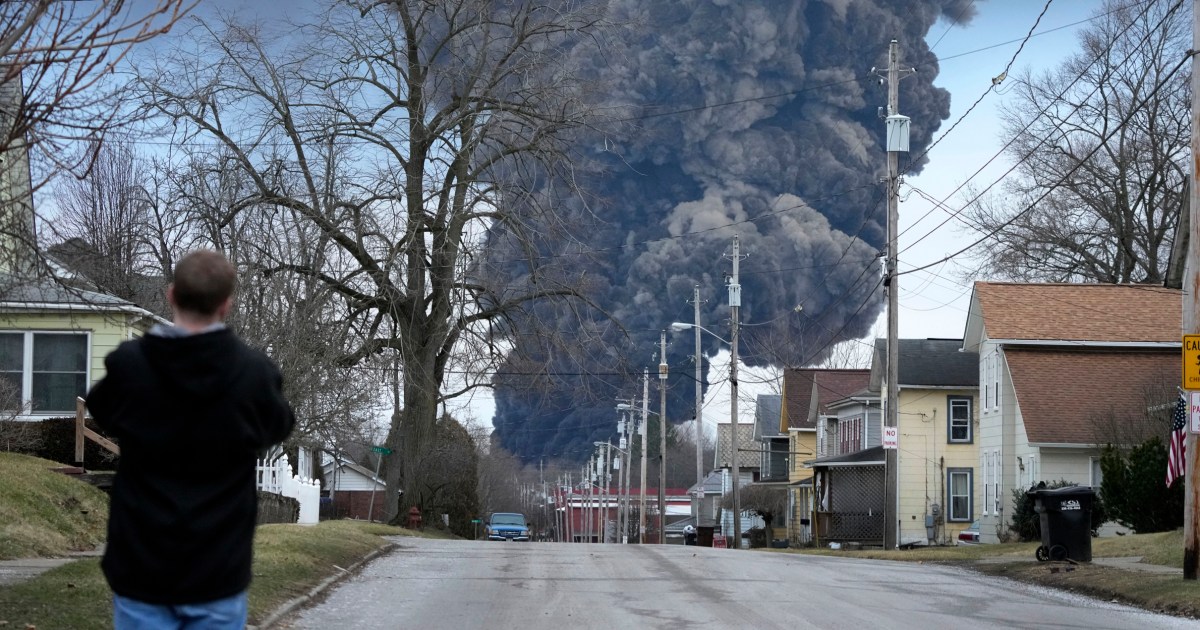 Investigation Into Lingering Toxic Chemicals In Buildings Following Ohio Train Derailment
May 31, 2025
Investigation Into Lingering Toxic Chemicals In Buildings Following Ohio Train Derailment
May 31, 2025 -
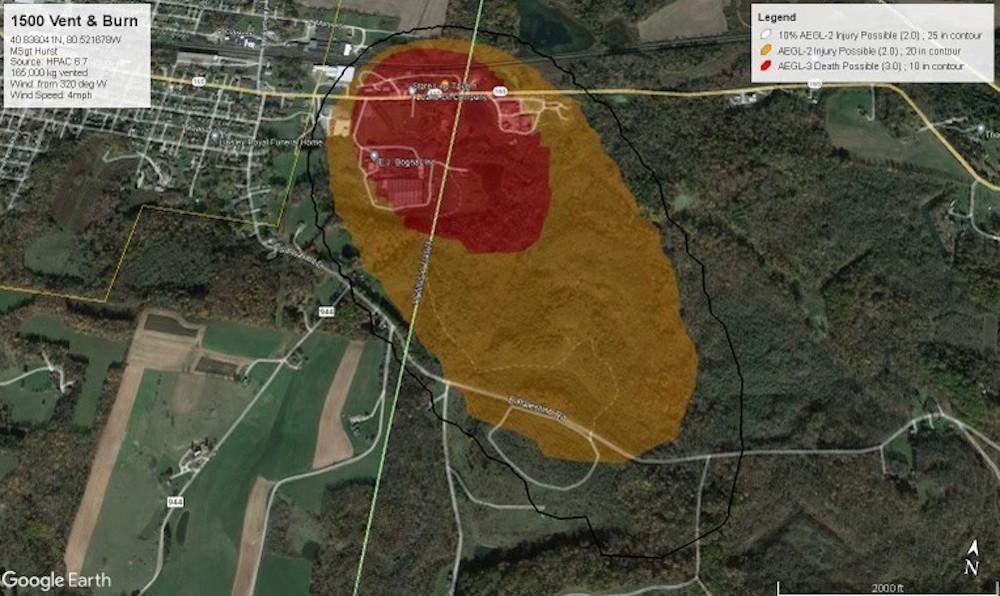 Ohio Train Derailment The Prolonged Impact Of Toxic Chemical Contamination On Buildings
May 31, 2025
Ohio Train Derailment The Prolonged Impact Of Toxic Chemical Contamination On Buildings
May 31, 2025
